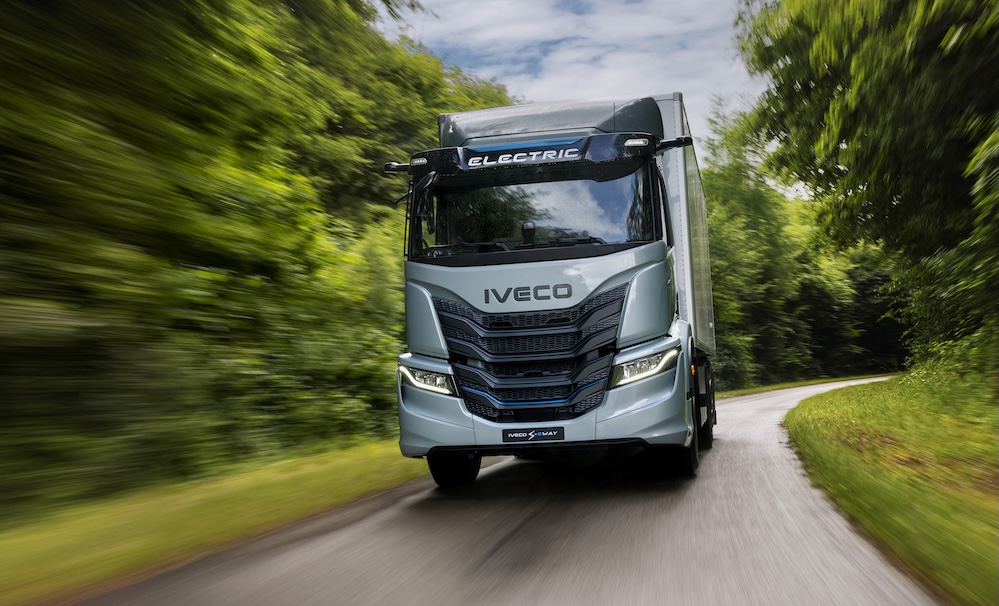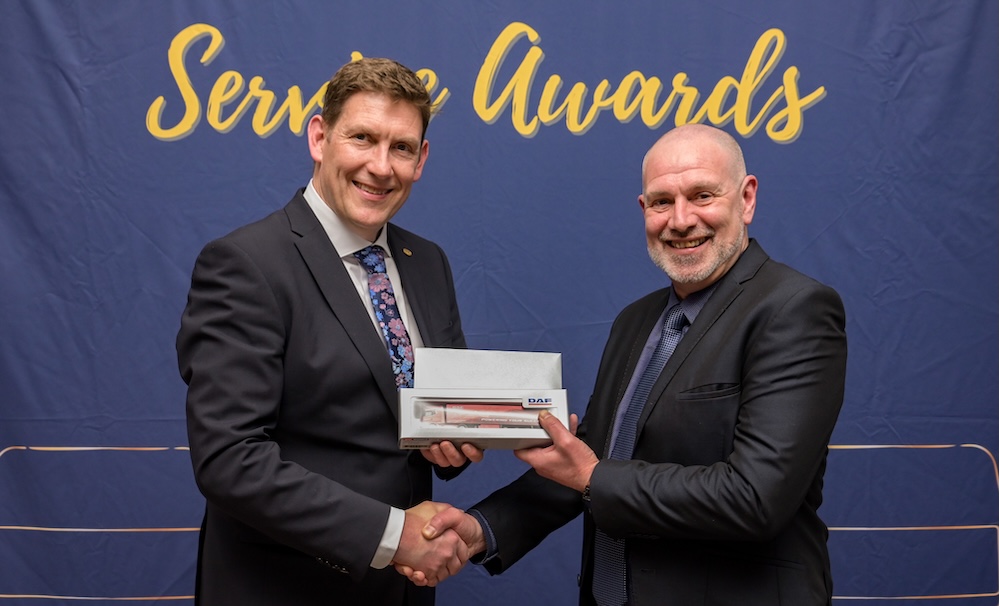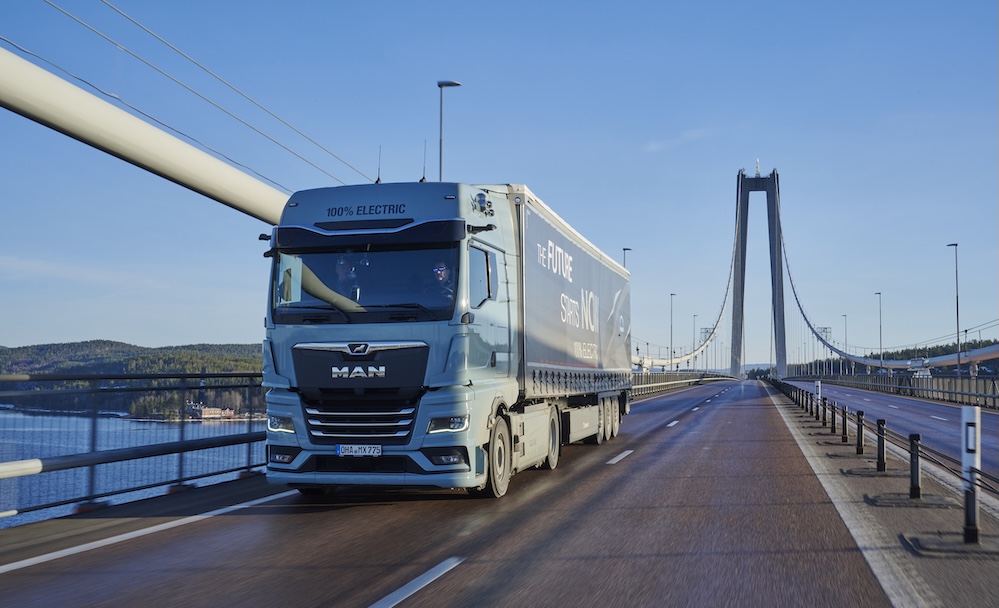Scania is expanding the number of Euro 6 engines available for its Next Truck Generation. The company’s nine-litre engines now come in five different variants, with two intended for use with FAME (fatty acid methyl ester) biodiesel. Also joining the line-up is the final member of Scania’s13-litre range, the DC13-149, which boasts 370 horsepower and a Miller camshaft.
Scania now has 12 Euro 6 truck engines in production, all of which share a modular-design approach and deliver exceptional fuel consumption figures. The latest generation of Scania’s modular-designed DC09 nine-litre, inline five-cylinder power unit comes in three different power ranges: 280, 320 and 360 horsepower. New stand-out features include new engine management software and upgraded combustion chambers. Oil cooling is now thermostat-controlled, which delivers a one-percent fuel consumption saving because the oil can now be kept warmer even when there is a lower power output and lower external temperatures. Additionally, the cooling fan now has a larger diameter and is mounted on and directly driven by the crankshaft, meaning it consumes less power.
Three percent fuel savings
A shared feature among the entire nine-litre range is that, like most engines for Next Generation Scania trucks, they rely exclusively on fixed geometry turbos. As a result they only use selective catalytic reduction (SCR) for exhaust gas after-treatment. In the case of the 280 engine, the improvements that have been made to its after-treatment system have reduced to a minimum the need for stationary regeneration to clean the particle filter. Instead, the vehicle takes care of this automatically during driving, without sacrificing uptime
Other changes which contribute to fuel savings include increased compression ratios from 18.0:1 to 19.0:1, increased cylinder pressure of a maximum of 190 bar (180 bar for the 280), and more efficient combustion chambers.
A taste for biodiesel
All Scania Euro 6 engines currently in production can, regardless of the generation, be run on hydrotreated vegetable oil (HVO). The introduction of the new DC09 nine-litre range also sees the arrival of the first engines for Next Generation Scania trucks that can be specified for use with alternative fuels – the DC09 320 and the DC09 360. Both can be specified to run on either diesel or 100-percent FAME (such as rapeseed methyl ester) or any blend of the two fuel types.
One condition for this is that the versions which can be operated on biodiesel must be serviced as if they are always using biodiesel, otherwise the standard maintenance plan applies. Those operators who wish to maintain the flexibility to use biofuel can choose one of the two Scania variants and use them as ordinary diesel engines until a favourable opportunity to switch to biodiesel presents itself.
“Pure biodiesel always produces significantly lower carbon emissions than conventional diesel,” says Göran Lindh, Scania’s Chief Engineer for Inline Engines. “Therefore, just how ‘green’ a certain truck is depends a lot on how the fuel it runs on is produced. Some types of alternative fuels, such as HVO, can provide a carbon dioxide reduction of up to 90 percent. Our 320 and 360 biodiesel engines are the first of their kind and will be followed by more Scania engines for alternative fuels. In their base form, all of Scania’s Euro 6 diesel engines are already certified for diesel blends of up to ten percent biodiesel, without any impact on maintenance requirements.”
370 – the fourth inline six
Another engine now making an appearance in Scania’s engine range for the new generation of trucks is the13-litre, 370-horsepower DC13. Just like the 410, 450 and 500 – the other three units in the range with inline, six-cylinder, 13-litre engines – the DC13 370 has undergone a complete upgrade, with a new engine management system and reworked cylinder heads. It also now relies upon a fixed geometry turbo and SCR-only. In addition to these improvements, which themselves lower fuel consumption by about four percent under typical driving conditions, the new configuration of the engine has been equipped with a Miller camshaft.
Euro 6 engines with a large displacement and relatively low power output run a certain risk of after-treatment issues because the engine doesn’t naturally generate enough of the excess heat that is required to maintain a sufficiently high temperature in the after-treatment system. One solution to that problem can be to burn extra fuel when required, which of course increases fuel consumption.
Scania’s solution, however, operates according to the Miller cycle, a technology patented in the United States in the 1950s. Using a special profile on the camshaft for the intake valves keeps them open a little longer than normal during the compression phase. That means less air is pumped through the engine, which contributes to keeping the temperature up and the SCR system running – all without the need to add diesel for the sake of heat alone.
“It’s a really slick and appealing solution without any significant disadvantages,” says
Göran Lindh. “Best of all is the fact that the total fuel savings are even bigger than in the more powerful 13-litre versions. Our own tests confirm that to be about four percent. And that’s not taking into account the aerodynamic improvements with Next Generation Scania trucks which can provide up to two percent more fuel savings in high speed operating conditions.”
Technical data
| DC09 130
280 hp |
DC09 126
320 hp |
DC09 127
360 hp |
DC13 149
370 hp |
|
| Configuration
|
Inline | Inline | ||
| Displacement
|
9.3-litres | 12.7-litres | ||
| Firing order
|
1-2-4-5-3 | 1-5-3-6-2-4 | ||
| Cylinders
|
5 | 6 | ||
| Valves/cylinder
|
4 | 4 | ||
| Bore x stroke
|
130 x 154 mm | |||
| Camshaft
|
Normal | Miller | ||
| Compression
|
19:1 | 21:1 | ||
| Fuel injection
|
Scania XPI | |||
| Emissions treatment
|
Scania SCR | |||
| Exhaust gas braking
|
190 kW @ 2400 r/min | 256 kW @ 2400 r/min | ||
| Oil capacity
|
31 litres | 43 litres | ||
| Max power | 280 hp (206 kW)
@ 1900 r/min
|
320 hp (235 kW)
@ 1900 r/min |
360 hp (265 kW)
@ 1900 r/min |
370 hp (272 kW)
@ 1900 r/min |
| Max torque | 1400 Nm @
1000-1350 r/min
|
1600 Nm @
1050-1350 r/min |
1700 Nm @
1050-1350 r/min |
1900 Nm @
1000-1300 r/min |








